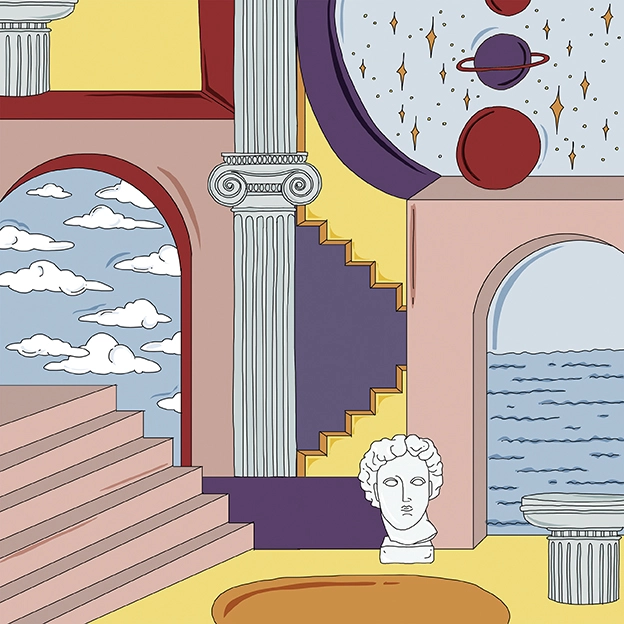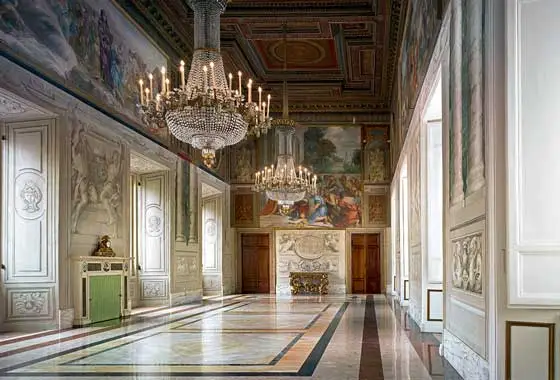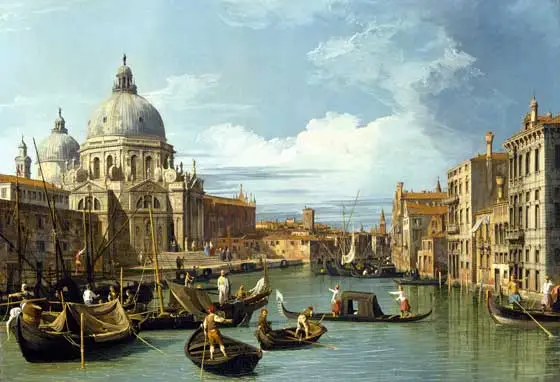The Bracco Foundation: ten years in the name of culture, science and social engagement

I still recall the excitement I felt ten years ago when the Bracco Foundation was born. Supported by many friends, we gave life to a new institution that is rooted in the heritage of values acquired in the long history of our Family and our Company: the ethic of responsibility, a sense of duty, the pursuit of quality and excellence, the pledge to constant innovation, focus on people and close links to communities. Key values, which together with my sister Gemma, Vice President of the Foundation, we wish to pass on to the next generation. Values to which we have always aspired, in the belief that they also represent the best guarantee for being able to overcome difficult times, such as for example what we are now experiencing in the Covid pandemic.
The Bracco Group, for that matter, truly has philanthropy in its DNA. My father Fulvio, an enlightened and visionary player in post-war industry, strongly believed in "taking care" and in the "moral" relationship between companies, the territory and the environment. An Istrian exile, he also felt a profound need for "restitution", to give back, therefore, a part of what his company had created to the community. Already in the post-war period, Fulvio Bracco for example instituted study scholarships dedicated to his mother "Nina Salata’s" name, which are somewhat the "ancestors" of our youth projects.
Reaching the finishing line of 10 years, we can state with pride that the Bracco Foundation has reached the objectives that we had set ourselves. We created many projects that have produced positive and concrete results, certified moreover by the social impact evaluation instruments that we have adopted.
The three macro-areas in which we operate, combining knowledge, disciplines and perspectives, are science, culture and social projects, with particular attention always to the world of women and to the young, to whom we have dedicated the project "I will become" (progetto Diventerò), a specific long-term training and job placement project that up to today has allocated over one thousand awards for degrees, study scholarships and research doctorates. Among these is the award we have dedicated to the memory of Prof. Ernst Felder, a brilliant scientist who for many years headed the Bracco Research Department and whose discoveries revolutionised diagnostic imaging. It is an award in partnership with the Milan Polytechnic Foundation worth one million euros with the objective of bringing a young, talented researcher back to our Country.
The Bracco Foundation believes that science is profoundly linked to research, prevention and sustainable development, but also to gender equality. We are running a comprehensive project in this area, "100 women against stereotypes", which through a database, a book series and a photographic exhibition wishes to focus the spotlight on science for women and the skills of women in sectors that are strategic for the development of the Country.
Gazing back on our cultural activities in these years, I recall some of them with particular pleasure; the restoration of the Chigi Gallery in the Quirinale Palace on the occasion of the 150th anniversary of the Unity of Italy, the exhibitions at the National Gallery of Washington, aimed at sustaining and enhancing Italian art abroad, the now ten-year long and multidisciplinary support given to talented young people at the Teatro alla Scala Academy and the close relationship with the Poldi Pezzoli Museum in Milan, all high quality projects, not simple disbursements of money, developed through prestigious partnerships that have created added cultural and scientific value.


Over these years, many of our cultural initiatives have been dedicated to the combination of art and science. Imaging techniques, in fact, allow us to reveal many "secrets" in works of art (paintings, musical instruments, etc.), and for us, leaders in the world of image diagnosis, it was natural to make our skills in this field available to curators and restorers. For instance, I recall the exhibition "Inside Caravaggio" at the Royal Palace in Milan, in which the public was guided in the discovery of this great artist through an itinerary of "X-ray" videos placed alongside the paintings, and the project "Leonardesque artists beyond the visible", which dealt with the scientific study of works by Leonardo’s pupils in the scope of activities supporting the exhibition "Leonardo and the Litta Madonna" at the Poldi Pezzoli Museum in Milan, during the year of celebrations of the 500 year anniversary of the death of this Italian genius par excellence.
Although it also has an international vocation, over the last ten years the Foundation has remained closely linked to the city of Milan, paying particular attention to social aspects and the topic of enhancing our suburbs, which has become an absolute priority. We are in fact aware that if steps are not taken in relation to the urban fabric, problems degenerate in a dramatic way, as can be witnessed in the recent history concerning many European metropolitan areas. There is a cost to not acting in society. For this reason we are increasingly involved in this field.
A very important contribution has been achieved for example in the Municipality of Baranzate. At the beginning of 2016, in partnership with La Rotonda, the association created by Don Paolo Steffano, in one of the most multiethnic Milanese suburbs, the project "Beyond the Margins" was born, a highly complex enterprise based on the needs and on the isolation of the territory. The project is a model for services interpreted through three principal axes of activities: social inclusion through the workplace (with the sewing workshop "Fiori all’Occhiello"), health care for marginalised people and tackling of educational poverty. But we have not stopped there. We have invested in the construction of a place of inclusion and care, social participation and entrepreneurship in Baranzate, the "InOltre" space, an ex-industrial hangar which will become an important resource for the creation of a centre in the suburbs. A place of social regeneration based on hospitality, solidarity and multi-culturism.
So far I have lingered on some of the most important projects that we have implemented in the Bracco Foundation’s first ten years of activity. To celebrations and anniversaries, after all, we entrust the task of remembrance. The role of memory, nevertheless, is not just that of recalling the successes of the past but also one of providing us with a compass to map out the correct path for the future.
It is because of this that we have conceived the book "10 voices for 10 years. Words that impact" as a sort of small "encyclopaedia" composed of reflections by ten distinguished friends on an equal number of words that represent the Bracco Foundation best: culture, science, art, music, talent, woman, solidarity, sustainability, knowledge and thought. Cardinal concepts that, since 2010, have guided our choices and will continue to inspire the work done by the Foundation also in the future.
Diana Bracco
Afterword of the book: "10 voices for 10 years. Words that impact".